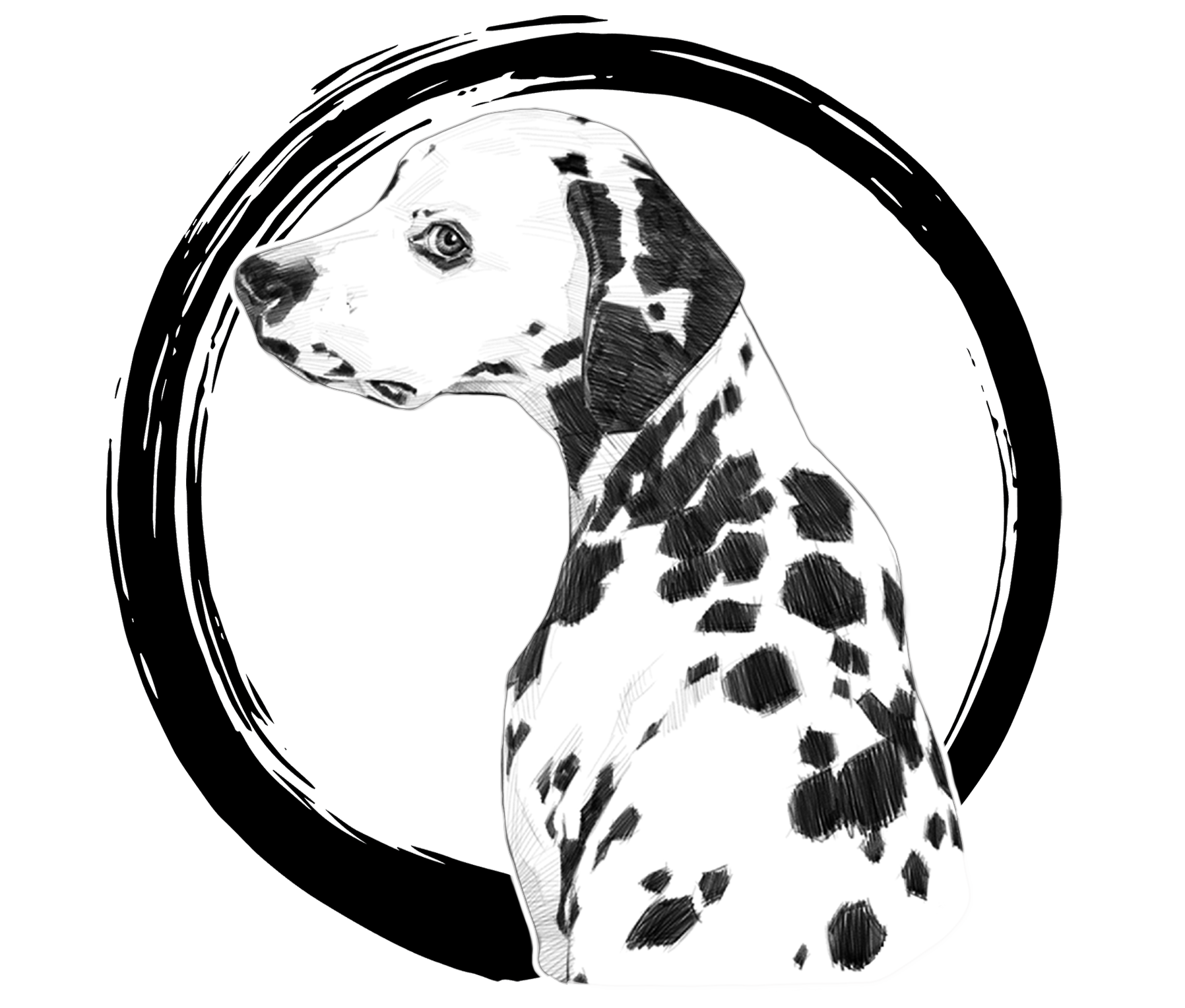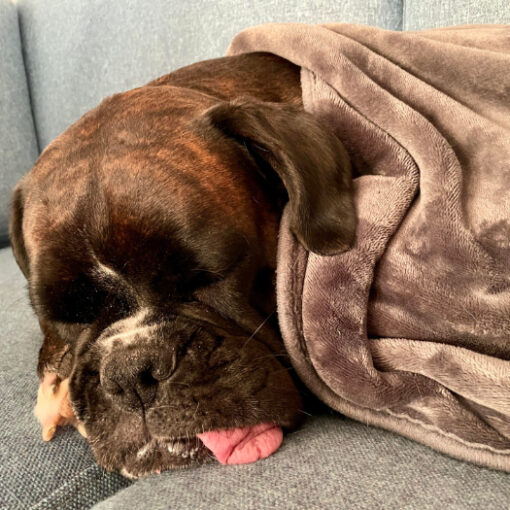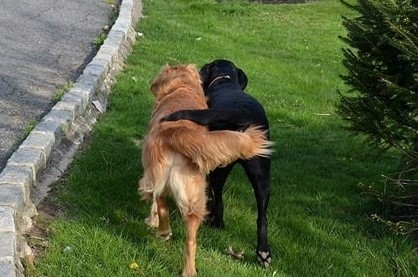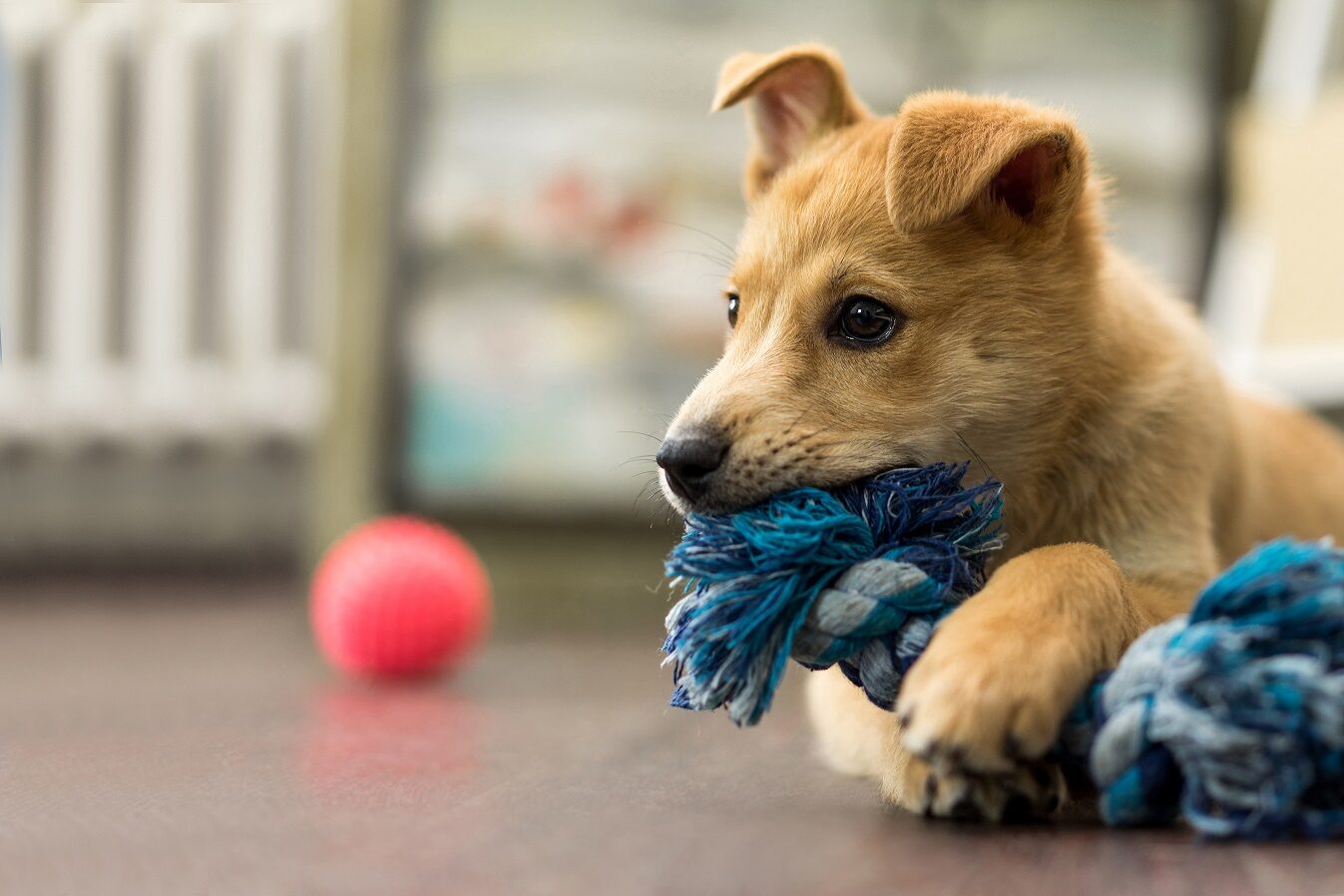Gone are the days of “who is walking who.” Usher in the era of dog-centered walks! No more do we need to be “the pack leader” always walking in front. Let’s put the proverbial horse back in front of the cart—where he should be! Check out the blog and links below for some tips and tricks on having a pleasant and fun sniffy walk with your dog.
Why Sniffy Walks?
Dog-centered walks, AKA sniffy walks, are probably the best thing you can do for your dogs’ mental health and wellness. We now have scientific evidence for what some of us knew all along—walking on a longer leash is good for your dog. Using a 12’ leash reduces heart rate and stress hormones much better than a 6’ leash does. Empirically—those of us who have been following our dogs’ noses this whole time can tell you—taking dog-centered walks is fun for both ends of the leash. Dashing down an alleyway or stopping to take a good long sniff at the pee-mail gives us, the human observer on the end of that leash, time to ponder “What in heck is going on there? Who visited? Why is THAT bush more interesting than this one?” If you are lucky—your dog will show you some hoofprints of last night’s deer, or you’ll find a pile of scat (a little twisty rope with fur will tell you a fox visited, whereas a white splooch with a brown or green center is bird poop).
While I generally don’t like dwelling on “the bad”, it’s worth mentioning the downsides of the traditional “heeling” or dog-behind walks. Not only is this kind of walk difficult to train, it’s mentally and physically hard on the dog. Firstly, my ortho vets recommend more natural and less repetitive movement—for example, always jogging in a circle to the left would put repetitive strain on the joints. Heeled walks put a similar strain on the dogs’ joints and spine. Short leash and heeled walks are also boring—your dog doesn’t get to smell much of anything on a structured walk. Olfaction is the dog’s primary sense, and engaging his sniffer really engages his mind. Having a structured walk is a little bit like asking you to go to the movies wearing a blindfold—it’s frustrating! Lastly, dogs also walk faster than we do. Their natural gait is (for me) just between a human walk and a jog. Asking my dogs to slow down is frustrating for them and me. If I give them a 12’ leash, they can move back and forth in front of me, stop for a good sniff, and then catch up from behind. They are able to move more naturally and at a more varied pace—all without slowing me down (much!) or inconveniencing me.
The best places to do dog-centered walks involve lots of things for the dog to sniff—choose your excitement level from this boring grassy area, to more boring sidewalks, alleys (fun stuff!), to weedy verges or even big fields with lots of critters. Treed areas can be fun and challenging, and dense shrubs are only for the wildly adventurous and patient saints because you will be doing a lot of untangling. Look how gentle Gideon is on this (boring grassy) dog centered walk!

How do you do dog-centered walks?
The concept of dog-centered walks is pretty simple (follow your dog!), but it can get a bit dicier in person. For one, we really don’t want our dog to drag us everywhere. For another, we need to maintain polite social distance from other dogs, people, and even yards (no peeing on the neighbor’s prize gladiolas—no matter how much Fido wants to!).
Here are a couple of things to note—it is important to be firm but gentle. The gentler you are, the gentler your pup will be in general. That said, if you give in to your pup once you have indicated “nope, not that way” and he pulls…you will create a puller. So, the key to all of this is to reward—by loosening the leash—any time the dog stops or slows down in response to leash pressure.
I start out by using a 12’ leash that is very soft on my hands, and I follow the dog. If the dog starts to rush, and pull on the leash, I come to a gentle stop (think about applying brakes on your car gently so they don’t “grab.” You do not want a sudden or harsh stop.). It can take anywhere from 1 to 3 feet to stop, on average. The more gently your dog is pulling, the gentler the stop. But do stop. 100%. Wait about 3 seconds, and then release pressure slightly. If your dog immediately starts to pull again, wait another 3 seconds and again release. This is where you have a choice point—if my dog starts to pull immediately after I release pressure again, then I will hold for 3 seconds, and step to the side until I capture the dogs attention (squeak, move your arms slightly—just catch his attention), praise, and move forward until he starts pulling again. Then repeat. If your dog just keeps going through this cycle, then he is likely to be environmentally overstimulated and your best bet is to do some “coffee shop” style training (https://101dogspots.com/coffee-shop/). You can also either walk in a big circle, or do this in your yard or other mildly boring (for your dog) location.
If the dog is fairly gentle, I might do this on a whole half-hour walk, making up to 10 to 15 slow stops. If the dog is really pulling, I am going to do this for 5 to 10 minutes in that nice boring circle, and then take a break—doing some chase or sniffy games in the yard.

Another great technique is to do a zig-zag. Apply that gentle leash pressure, wait 3 seconds, and then change direction on your dog. Don’t turn around and go back the way you came—that is boring and actually somewhat punishing for most dogs. Instead, head off at a 45˚ angle (see Fig. 1), so your dog gets rewarded for listening to you and stopping, by going a new direction with fun sniffies. Even better—head for a bush or rock or some other structure your dog can see and sniff!
I’ve put together a couple of videos for you to check out. This one is me teaching my pointer, Guapo, to be gentle on leash. Silky leash for high drive dogs





